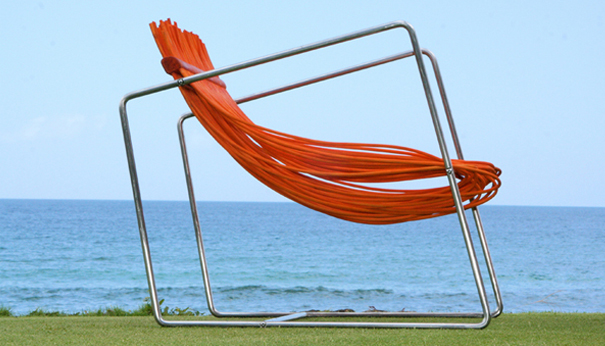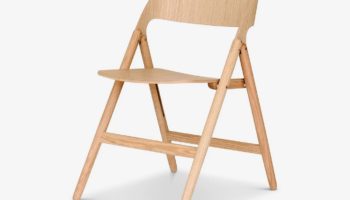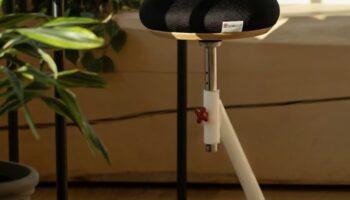Kanutos Lounge Chairs by Victor Monserrate
Who can forget the Campana Brothers‘ classic “Banquete.” Assembled from a mash-up of plush toys claimed from the streets of Brazil, this easy chair-come-found object evoked Duchamp and Warhol while stimulating spirited dialogue among industry insiders world-wide. Among the roster of controversies Banquete engaged, one of the more prominent was (is) the art/design divide—an issue that (at essence and at the risk of gross oversimplification) is whether design can be exclusively artistic, or whether the aesthetic must emerge from the piece’s functionality.
Kanutos Lounge. Designed by Victor Monserrate.
While I’m personally not a fan of Banquete—and while I appraise the piece’s utilitarian quotient as low to none—I yet recognize its value as political/social commentary, a value that—after all–might prove to be more enduring than pure functionality. All this by way of intro to young Victor Monserrate, protégé and budding colleague of the Campanas, and his striking if whimsical series of Kanutos Lounge Chairs.


Puerto Rican by nationality but Brazilian by inclination (he speaks English, Spanish, and Portuguese), Monserrate recently concluded the program at Brooklyn’s Pratt Institute, but not before studying under the Campanas at Sao Paolo and interning for them during a prestigious Guggenheim residency. The Kanutos Chairs evoke something of the Campanas penchant for celebrating the mundane, but certainly exude a personality that’s 100% Monserrate. Constructed of a streamlined arsenal of wicker, stainless steel, and wood, Kanutos I, II, and III evince a certain evolution, each successive model showing an increased quantity of unbridled glee.
Kanutos I is a simple low-slung lounger, seat and back consisting of multiple strands of woven wicker looped around the twin supports that form the base and upper frame and joined up high by a pair of non-descript wooden slats. II expounds on the proposition of I—the lines gone a bit wilder, the wicker strands’ now somewhat askew and reaching skyward in jaunty tendrils. And III is Kanutos unbound. Displaying the same aesthetic euphoria as II, it’s also painted a sort-of wildfire orange, a choice that creates the effect of a seat back of dancing flame.
Monserrate’s Kanutos series, while not actually incorporating “found” objects like the Campanas, still embraces a principle of referentiality/reconfiguration. For me, Kanutos evokes the excesses of nature (wild grasses gone to seed or the aforementioned conflagration), while also suggesting a new perspective on the mundane (an inverted, over-used broom head, the hair of one of those horrible “Troll” dolls). In sum, Kanutos provokes certain aesthetic flights of fancy while still exuding a pronounced functionality. Here’s betting there’s much more to come from the talented Monserrate.
via Coroflot




Leave a Reply